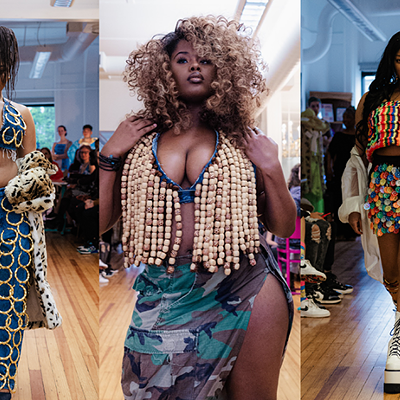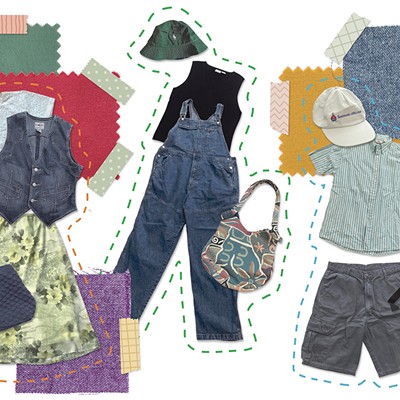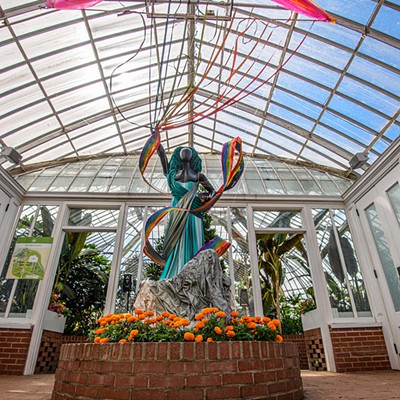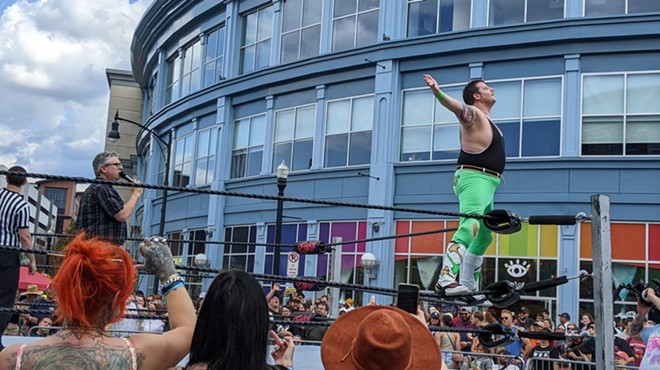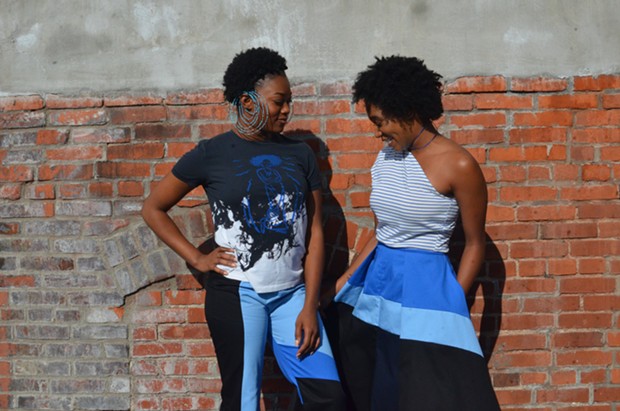
It was a 1940s oatmeal tweed jacket that I “borrowed” from my dad, which means he never saw it again (unless I was wearing it).
This tweed jacket had pockets where my then-teenaged girl self had no idea pockets could exist. Not two, but three slash pockets: two on the right and one on the left. A breast pocket with the audacity to contain a mini-pocket inside. I doubt the English tailors made this diminutive area for Bonnie Bell Bubble Gum lip balm, but it fit perfectly.
Carefree. That's how I felt whenever I wore the jacket. Everything I needed was on me. I could swing both arms and skip down the street. I could hold a drink in one hand and eat a sandwich in the other. It was a revelation.
Have you experienced this conversation?
“Oh, what a beautiful dress,” you say.
“Thank you, it has pockets!” They will then proceed to put both hands in the pockets and do little a 60-degree swaying-turn beaming with joy. I understand.
As a fashion designer, I can make as many pockets as my heart desires. A dress could have six pockets or a jacket 15, even 20. But do I?
No, not always.
The reasons are as layered as the pocket itself. And as a feminist fashion designer, I don’t believe it’s a conspiracy to make women buy handbags. I have to consider the pattern (blueprint) of the garment, the final silhouette of the dress, the fabric, where and how the pockets will lay, and what it will happen to the side seam — where the front and back of the garment is sewn together.
A seam is at least two layers of fabric. When you add lining, that makes four layers; adding pockets makes it six. Pockets need to sit in a place where your hands can rest comfortably. That often means around the hips and thighs. For many, but not all, women and femmes, this is an area where a smooth silhouette is preferred — following the natural shape of the body without obvious seams, stitch lines, or bumps.
I have designed dresses with pockets and then ended up removing them because they didn't work with the final garment: the hand in the pocket creating an unsightly bump, stretching the fabric too much or making a seam line too thick, distorting the line of the dress.
Should more womenswear have pockets? I would have to say yes. Should every womenswear garment have pockets? Unequivocally, no. As a woman who wears clothes, I understand the desire to have more pockets, but as a designer who decides when and where I place pockets, I also understand why they don’t always appear when you want them.
But the choice and power is yours:
1. You can exclusively buy garments with pockets.
2. You can get a tailor to add pockets.
3. You can add them yourself — online DIY videos are here to help. Just make sure to practice on an old garment before cutting up something you love.



